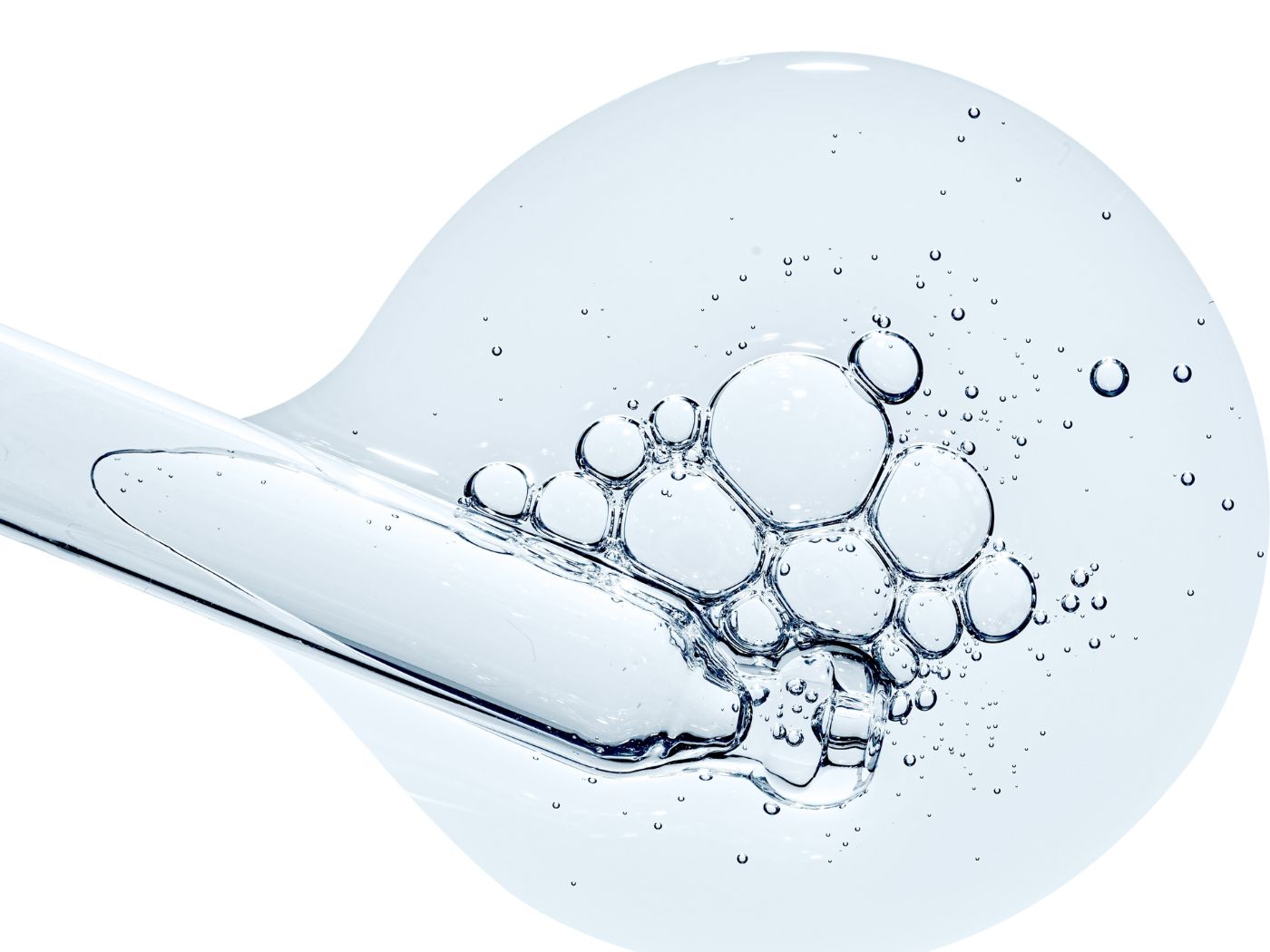- Understanding the Seasonal Transition
- The National Skincare Awareness Campaign
- Prepping for Winter
- Monsoon to Winter Skincare Tips
- The Role of Diet and Lifestyle
- FAQs
September is more than just the onset of autumn; it's also celebrated as National Skincare Awareness Month. This month-long observance highlights the importance of maintaining healthy, glowing skin as we transition monsoon season to the winter season.
As we bid goodbye to the days of extreme humidity and welcome the cold, breezy air of winter, your skin calls for special attention as well. And this particular transition in the year requires special attention because the change in the weather is really considerable. Also, the skin is susceptible to even the slightest of changes in the skincare regime, diet or movement of the body. So, such a big change in the weather calls for some major changes in your skin health and habits as well.
In this blog, we will delve into transitioning skincare tips, skincare awareness for the changing seasons, and valuable insights on how to prep your skin for the impending winter.
Understanding the Seasonal Transition
Monsoon: The transition from monsoon to winter can be quite challenging for your skin. During the monsoon season, your skin is exposed to increased humidity levels, which can cause excess sweating and oiliness. This can lead to clogged pores and an increased risk of acne and breakouts.
Winter: In contrast, the winter season brings lower humidity levels and cooler temperatures. This dry environment can strip your skin of its natural moisture, leading to dryness, flakiness, and even skin conditions like eczema.
Transitioning your skincare routine from monsoon to winter is essential to ensure that your skin remains healthy and balanced. It's crucial to adapt to the changing climate and address the specific needs of your skin during this transition.

The National Skincare Awareness Campaign
National Skin Health Awareness Month is the perfect time to kickstart your skincare routine for the upcoming season. This annual campaign emphasizes the importance of adopting a proactive approach to skincare. It encourages individuals to become more conscious of their skin's health and to take steps to protect and nourish it
Here are some key tips to make the most of National Skin Health Awareness Month:
-
Assess your skin:
Take the time to assess your skin's current condition. Identify any issues or concerns, such as dryness, sensitivity, or acne
-
Consult a dermatologist:
If you suffer from some particular skin concerns or conditions, consider scheduling a consultation with a dermatologist. They can provide personalized recommendations and treatment plans that are suited for your skin type and your particular skin concern. And with a dermatologist you are always 100% sure that things are going in the right direction.
-
Upgrade your skincare products:
Evaluate your skincare products and make necessary adjustments. For the transition from monsoon to winter, focus on hydrating and nourishing products. As the winter months make the skin dry, adding hydrating and moisturizing ingredients in your skincare regime can really benefit your skin, keeping it soft and supple.
-
Stay informed:
Stay updated on the latest skincare trends and research. But also remember, you know the best about your skin’s needs. So try to incorporate the new trends according to what suits your skin the best.
-
Share knowledge:
Participate in skincare awareness campaigns and share valuable information with friends and family. Promote healthy skincare practices in your community. The power of knowledge doubles by sharing. If you can help anyone around yourself understand their skin and its needs better, then educate them and guide them toward the right direction.
Prepping for Winter
As we gear up for winter, it's crucial to adjust our skincare routines accordingly. This is because the dryness in winter months can pose some serious issues for almost every skin type. This season can make your skin feel stretchy, rough and make it lose the shine too. Here are some essential steps to prep your skin for the colder months:
-
Hydration is key:
Use a hydrating cleanser to gently cleanse your face without stripping away essential moisture.
Incorporate a rich, moisturizing cream or lotion into your daily routine. Look for ingredients like hyaluronic acid, glycerin, and ceramides. This is number one on the list of moisturizing tips for monsoon to winter skin care
-
Sun protection is year-round:
Don't skip sunscreen just because it's winter. UV rays can harm your skin on cloudy days as well. Opt for a broad-spectrum sunscreen with atleast an SPF 30.
-
Exfoliate mindfully:
Exfoliation sloughs off dead skin cells, but be gentle. Over-exfoliating can worsen dryness and sensitivity. Limit exfoliation to once or twice a week.
-
Humidify indoor air:
Use a humidifier to add moisture to the air indoors. This can help combat the dryness caused by indoor heating systems.
Monsoon to Winter Skincare Tips
To make the transition from monsoon to winter skincare seamless, consider the following skin care tips for changing seasons:
-
Switch to a creamy cleanser:
Replace your gel-based cleanser with a creamy one. Creamy cleansers are more hydrating and less likely to strip your skin of moisture.
-
Layer your skincare:
Embrace the concept of layering skincare products. Start with a hydrating toner, followed by a serum, and then apply your moisturizer. This technique locks in moisture effectively.
-
Invest in a quality lip balm:
Cold, windy weather can cause chapped lips. Keep your lips soft and hydrated with a nourishing lip balm.
-
Use overnight masks:
Consider using overnight masks once or twice a week to provide your skin with an extra dose of hydration and repair.
The Role of Diet and Lifestyle
Healthy skin isn't just about the products you apply; it's also influenced by your diet and lifestyle choices. Here are some dietary and lifestyle tips to support your skincare routine:
-
Stay hydrated:
Drink plenty of water in order to keep your skin hydrated from the inside. Herbal teas and soups are excellent choices during the winter months.
-
Eat skin-friendly foods:
Consume foods rich in antioxidants, vitamins, and omega-3 fatty acids. These nutrients can help nourish your skin and protect it from environmental damage.
-
Get adequate sleep:
A good night's sleep is essential for skin repair and rejuvenation. Aim for 8 hours of sleep each night.
-
Manage stress:
High stress levels can contribute to skin issues. Practice meditation, yoga, or deep breathing exercises to lower the level of stress.
FAQs
-
What are some key skincare practices to consider during this transition period?
Key skincare practices during the transition from monsoon to winter include switching to a hydrating cleanser to combat dryness, incorporating a richer moisturizer to maintain skin's moisture barrier, and using sunscreen throughout the year. Exfoliate gently and consider investing in a humidifier to counter indoor dryness. Quality lip balm is essential to prevent chapped lips in the colder months. -
How often should I adjust my skincare routine during the monsoon-to-winter transition?
Adjust your skincare routine as the weather changes during the monsoon-to-winter transition. Monitor your skin's response and adapt accordingly, typically every few weeks. This ensures your skin gets the right care for the evolving climate. -
How long does it typically take for the skin to adapt to a new skincare routine for the changing season?
Skin adaptation to a new skincare routine varies among individuals. Generally, it takes a few weeks to notice significant changes, but full adaptation may take a couple of months. Consistency is key for long-term results, so stick to your adjusted routine to see the benefits of the transition







